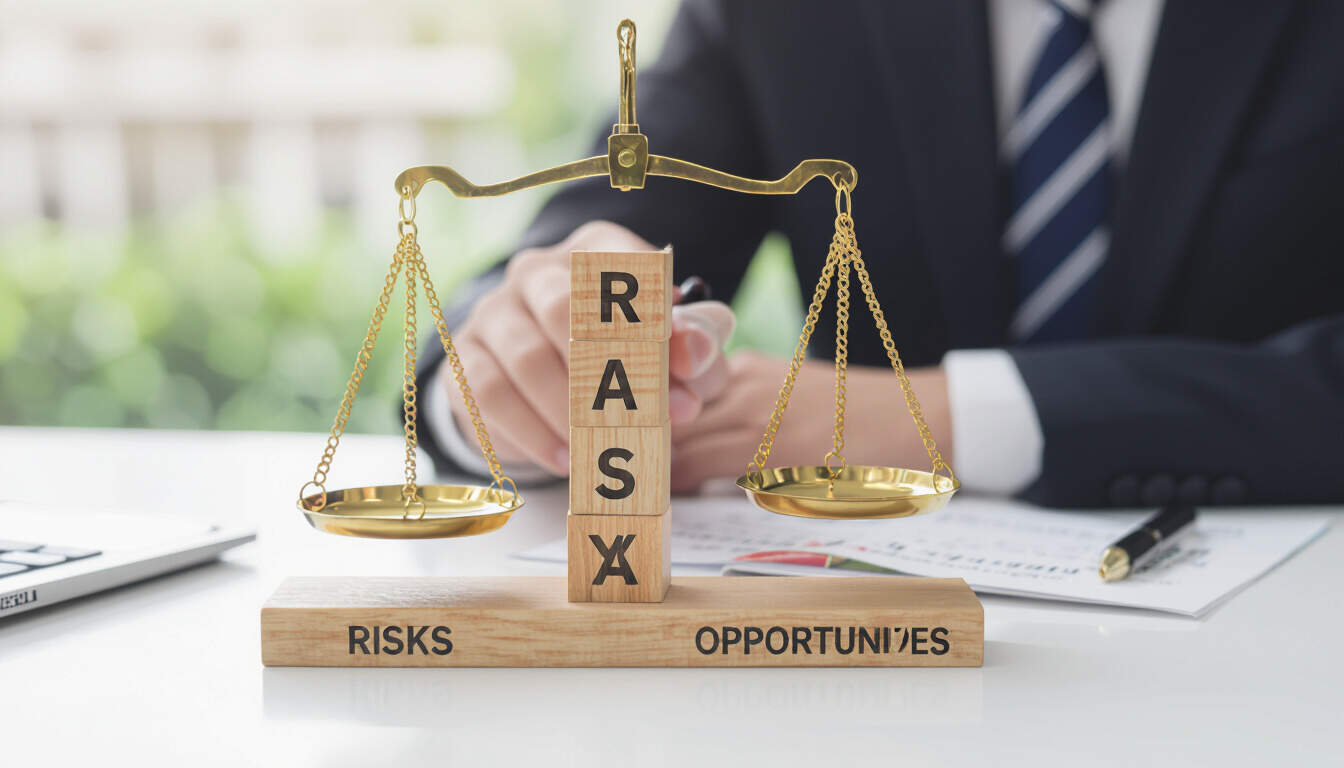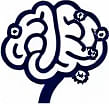Risk Assessment Techniques and Their Role in Mental Models
 by Verner Mayer
by Verner Mayer
Risk assessment techniques help individuals and professionals make better decisions by evaluating potential threats and opportunities. These methods integrate with mental models to enhance cognitive development and business strategies, offering practical tools for everyday application.

Risk assessment techniques form a core part of effective mental models, allowing people to anticipate and manage uncertainties in various aspects of life. These techniques involve systematic ways to identify and analyze potential risks, which can lead to improved decision-making processes.
In the context of mental models, risk assessment serves as a framework for thinking. Mental models are internal representations that guide how we interpret the world around us. For instance, risk assessment techniques enable us to break down complex situations into manageable parts, fostering clearer cognitive development.
One common approach is the use of decision matrices. This method requires listing possible options and evaluating them based on criteria such as likelihood and impact. By applying this, professionals in business can prioritize actions that minimize threats while maximizing benefits. For example, in project planning, a decision matrix helps in weighing factors like cost and time.
Another technique involves scenario planning. This process encourages imagining different future outcomes based on current variables. Scenario planning is particularly useful in business strategies, where it aids in preparing for market changes. Through this, individuals build resilience and adaptability in their thinking patterns.
Psychologically, risk assessment ties into how we handle uncertainty. Cognitive development benefits from practices that challenge biases, such as overconfidence. Techniques like probabilistic thinking allow us to assign probabilities to events, making our mental models more accurate and reliable.
Practical Applications in Daily Life
In everyday scenarios, simple risk assessment can enhance personal decisions. For instance, when considering a career change, one might evaluate factors like job security and personal growth. Mental models here act as tools to structure thoughts and avoid impulsive choices.
Business professionals often use tools like fault tree analysis. This technique maps out potential failures in a system, tracing back to root causes. By doing so, it supports strategic planning and helps in creating safer operational environments.
For lifelong learners, integrating risk assessment into routines can promote continuous improvement. Regular reflection on decisions using these techniques sharpens critical thinking skills. This practice not only aids in psychology-related self-awareness but also in achieving long-term goals.
Examples from Psychology and Business
In psychology, risk assessment techniques relate to emotional regulation. For example, evaluating the risks of stress in high-pressure situations can lead to better coping mechanisms. This connection highlights how mental models influence behavior and emotional health.
In business, techniques like sensitivity analysis examine how changes in variables affect outcomes. This method is crucial for financial planning, where it assesses the impact of economic shifts. Such applications demonstrate the versatility of risk assessment in strategic contexts.
To apply these techniques effectively, start with basic steps. First, identify potential risks by brainstorming possible issues. Then, analyze their severity and likelihood. Finally, develop responses to mitigate them. This structured approach builds stronger mental models over time.
Benefits for Cognitive Development
Engaging with risk assessment techniques nurtures cognitive growth by encouraging analytical skills. As individuals practice these methods, they develop a more nuanced view of challenges. For curious minds, this means turning abstract concepts into actionable insights.
In summary, risk assessment techniques are essential components of mental models. They provide practical ways to handle uncertainties in psychology, business, and beyond. By incorporating these into daily practices, anyone can foster better decision-making and personal development.
